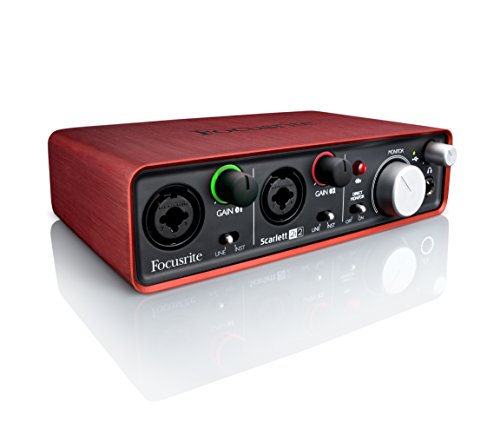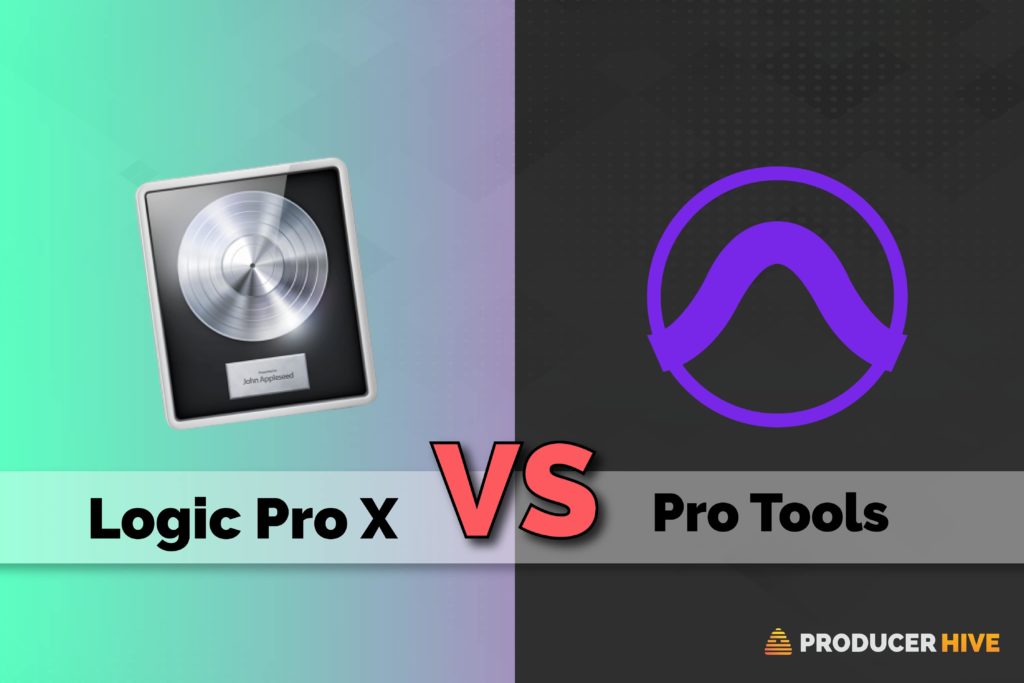

- #BEST AUDIO INTERFACE FOR LOGIC PRO X GENERATOR#
- #BEST AUDIO INTERFACE FOR LOGIC PRO X MANUAL#
- #BEST AUDIO INTERFACE FOR LOGIC PRO X FULL#
The MIDI setting, if applicable to your keyboard, is the equivalent of Local Off. Some keyboards allow you to select from: Local, MIDI, or Both for each of their Parts (individual MIDI channels/sounds in multitimbral MIDI devices).
#BEST AUDIO INTERFACE FOR LOGIC PRO X MANUAL#
Note: If you cannot find the Local Off function in the MIDI menu of your keyboard, consult its manual on sequencer use.
#BEST AUDIO INTERFACE FOR LOGIC PRO X GENERATOR#
Logic Pro will still be able to communicate with your keyboard tone generator just like any other connected, keyboardless sound module or software instrument. Don’t worry about losing the ability to use the tone generator of your keyboard. This function is known as Local Off, and is set directly on your keyboard. This is why the keyboard must be separated from its own internal sound generator.

In situations where you want to control or record another sound module or software instrument with your keyboard, you would hear both the keyboard sound (due to the direct keyboard to tone generator connection) and the sound of the software or MIDI instrument. Not only does this cause a phased sound, but it also halves the polyphony of the keyboard’s tone generator. If the direct connection between the keyboard and its tone generator isn’t cut, a doubling of each note results-one played directly from the keyboard to the internal tone generator, and another sent through Logic Pro back to the tone generator. In this situation, the keyboard is used as a computer input device, and Logic Pro passes the incoming performance information back to the keyboard’s sound generator (or to an internal software instrument or another connected sound module, if you like).

When using the MIDI keyboard with Logic Pro, however, this is not desirable. If your MIDI keyboard has an internal sound source, it is important that you stop the keyboard from generating sounds directly from its own keyboard.įor example, if you buy a new keyboard that is to be used without a sequencer, and connect it to an amplifier, you would expect the device to make a sound when you press its keys-in other words, the keyboard is directly connected to the sound generator. Separating a MIDI Keyboard from Its Sound Generator If your computer offers several MIDI inputs, you can connect the MIDI outputs of other MIDI expanders and controllers to it. This becomes increasingly important when arranging and orchestrating such a large number of instrument parts.
#BEST AUDIO INTERFACE FOR LOGIC PRO X FULL#
Not only does this allow you to play up to 64 different sounds simultaneously through your tone generators, it also allows full MIDI control for each channel of each device. In this scenario, it would be like having 64 independent MIDI channels-with 16 channels per port (A, B, C, and D). In effect, having a multi-output MIDI interface is something like having more MIDI channels. There are no MIDI Thru connections, which allows Logic Pro to assign and send:Ī recording/performance on MIDI channel 1 to port A/module 1Ī separate recording/performance-also on MIDI channel 1-to port B/module 2Ī further recording/performance on MIDI channel 1 to port C/module 3, and so on with subsequent channels and modules Using the scenario above, but substituting a single output MIDI interface with a four-output MIDI interface-connected from MIDI Out ports A, B, C, and D-to the respective MIDI In ports of each device. MIDI, as you can see from the example, can be separated onto 16 different channels, but it can’t be separated between devices, unless a multi-output MIDI interface is used.

The same applies to the other 15 MIDI channels. While this would be colorful, it would hardly be musical, unless your tastes lean towards the avant-garde. Each MIDI tone generator will play the incoming data with the sound assigned to channel 1, which may be:Ī helicopter effect on module 3 and so on Unfortunately, in the scenario above, there is only one MIDI Out port available.Īs such, all data sent on MIDI channel 1 will be sent to all four of the daisy-chained MIDI tone generators. Logic Pro is capable of channelizing MIDI data (routing it to MIDI channels 1 to 16) and is also capable of sending this channelized data to specific MIDI Out ports. There is only one MIDI Out from the computer, and all devices are daisy-chained via MIDI Thru to MIDI In connections. There are four MIDI tone generators that are capable of receiving data on multiple channels.Īll devices can receive on all 16 MIDI channels. To explain further, imagine a scenario where: To take full advantage of the capabilities of each connected multitimbral device, you need to use separate MIDI Out ports (from the computer MIDI interface to the MIDI In ports) for each device. Each MIDI channel can be assigned a tone or sound, such as piano, strings, bass, and so on. Most modern MIDI tone generators can simultaneously receive MIDI data on multiple MIDI channels (multitimbral MIDI devices).


 0 kommentar(er)
0 kommentar(er)
